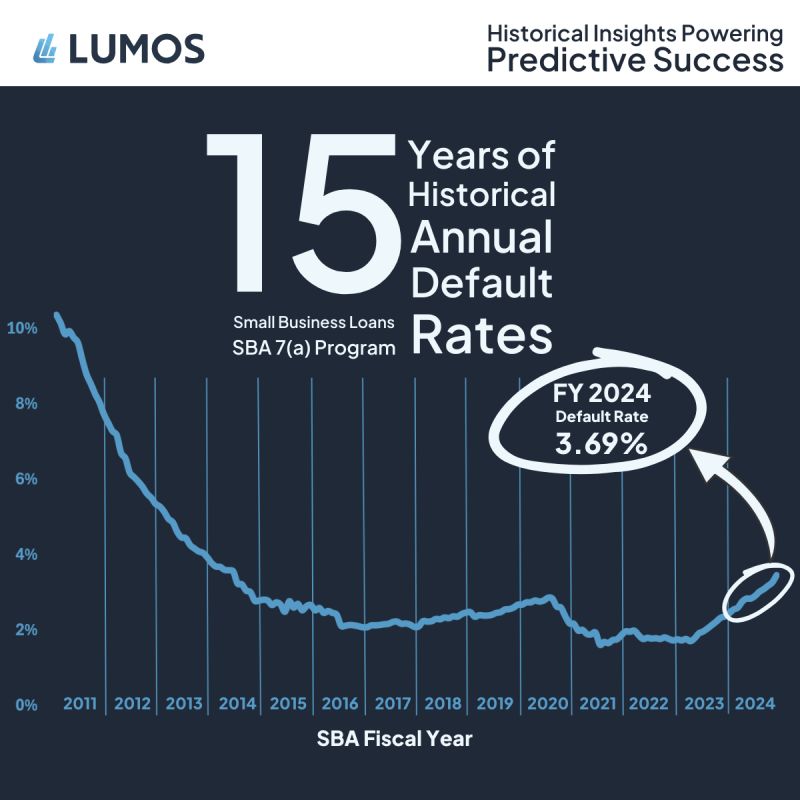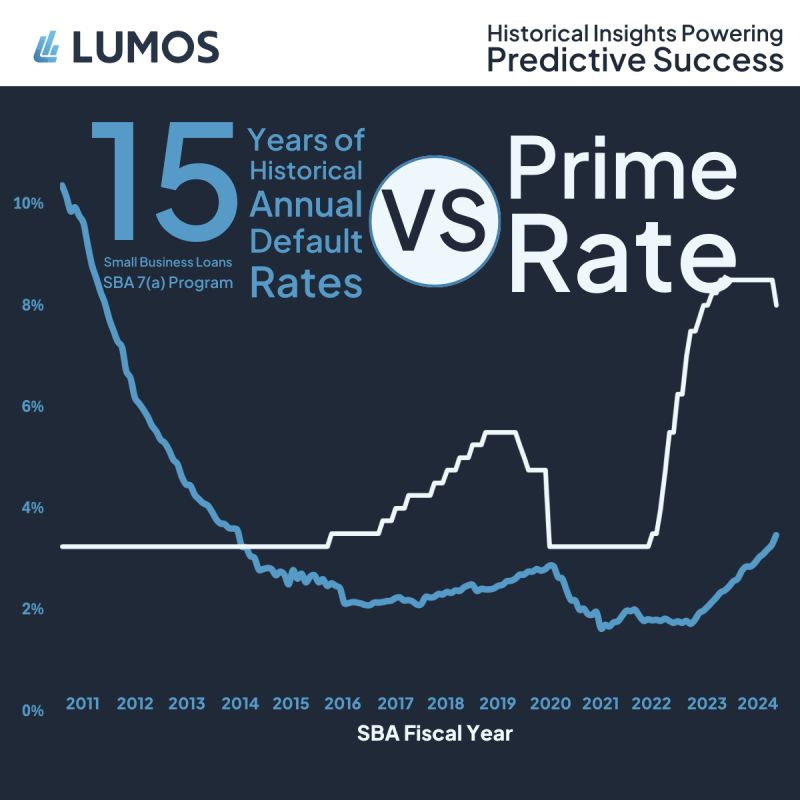SBA Loan Default Rate Creeping Up to 3.69%

January 13, 2025
by a lender from University of Southern California in Los Angeles, CA, USA
Just wanted to share this data point: The SBA 7(a) loan default rate for FY 2024 is 3.69%. While this is a general rate, default rates for SBA-financed acquisitions are likely 1-2% higher. Still, it’s a helpful proxy for understanding business failure risk in small business acquisitions. SBA loans and business acquisitions via SBA loans are still a great way to build life changing wealth for ambitious operators.


Would love to help you with your SBA loan. The bank pay us after your loan closes, so this is a 100% free service for you. You can reach me here or directly at redacted You can also click here to schedule a meeting with me: https://cal.com/ishan-jetley-3d73m8/30min. Look forward to chatting!
from University of Florida in Dallas, TX, USA
The previous administration removed all barriers to access capital for the smallest of Borrowers. They wanted to be able to walk away from their position saying they enabled any and all businesses access to capital. In reality, this was one of the worst things they could have done. Banks that participated in these small loans lent money to individuals who ordinarily would not have qualified.
A sad aspect of the nature of SBA lending is that the majority of political individuals who shape these rules for a 4-year period leave and never return to the SBA afterwards. New officials come in and try to clean up the mess (as they see it) from a previous administration.
Regardless of this, taking on SBA debt is a significant decision given the Personal Guaranty required on each transaction. Direct industry experience of 3-5 years is an indicator of success my group consistently relies on when we screen our applicants.
from Drake University in Des Moines, IA, USA